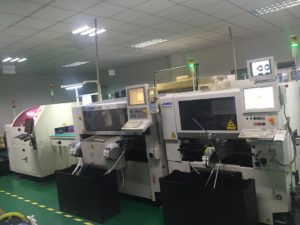The cloths you are wearing enable the people you meet to develop an impression of you. This principle is repeated when you think of high frequency PCB circuits. The materials you use will have an impact on the integrity of the signal sent or received. To achieve good results, you must choose the right copper foil, resign and fiberglass. Here are tips that will help you design and develop a top rated PCB for your use of use by clients.
- Begin With A Plan
A plan gives you a road map of what to expect and will guide all the actions you take during design and development. Without a plan, you will be groping in the dark. You will surely run into challenges, respins and be forced to deal with unexpected issues that you could have dealt with very easily. The easiest way to develop a plan is using a checklist. Here are important questions that will help you develop your plan.
- Organization of the system- can I create a visual diagram of how the sub-circuits will be interconnected and how return currents will be established?
- Speed of signal- what is the envisaged fastest rise time and highest frequency of the signals I will be dealing with?
- Supply of power- have I indicated the power requirement and voltage of all my IC and will I be required to split some of the power planes?
- Sensitive signals- what is my plan for dealing with propagation or trace length, controlled impedance and differential signals?
There are many other questions you need to answer when designing your circuit. You need to work with all stakeholders who have a say in the project to ensure that all expectations are met and synchronized.
- Floor Plan
The organization of your board is as important as the speed with which your signals and signals will be operating. Consider organizing the board into sub circuits. The design should indicate where these sub-circuits will be positioned. For instance, you must isolate the digital and analogue sections of your board. The power section must also be isolated. Ensure that your plan promotes the greatest deal of efficiency.
- Minimize The Size Of Your Land Plan
This means that you must save on every inch possible. This will also you have save on every inch may. This will simplify you inspection and also make it quicker. It also delivers the best precision during placement. The recommended oversize for the This is from the previous 30% that was the norm. Reducing the space enhances mechanical strength and also support the high frequency you will be running through the system.
The design should consider the route that offers maximum shielding benefits as well as provide an efficient route for the current to return. Minimize coupling between traces by using the 3W rule. to take advantage of the latest practices in design and fabrication.

